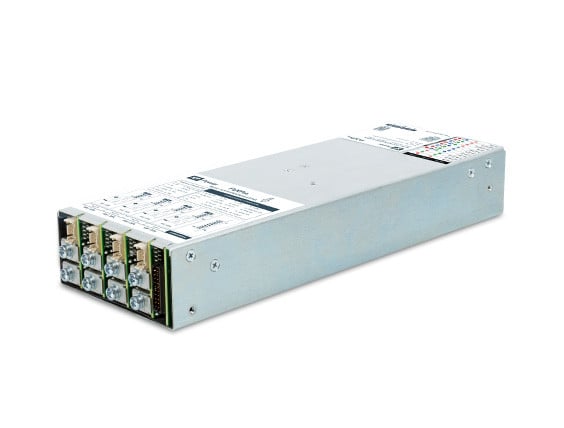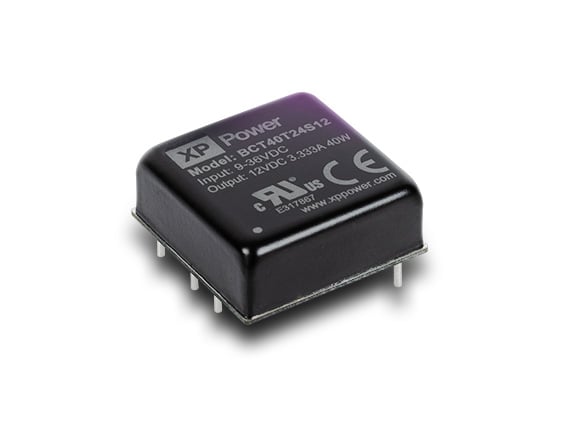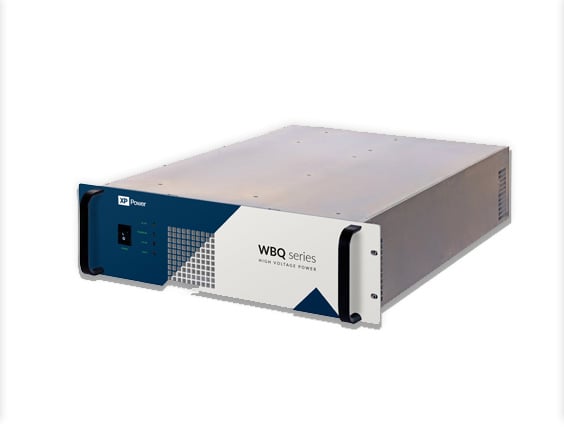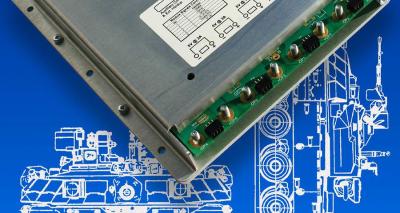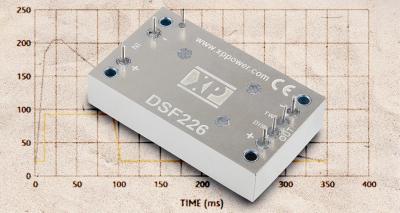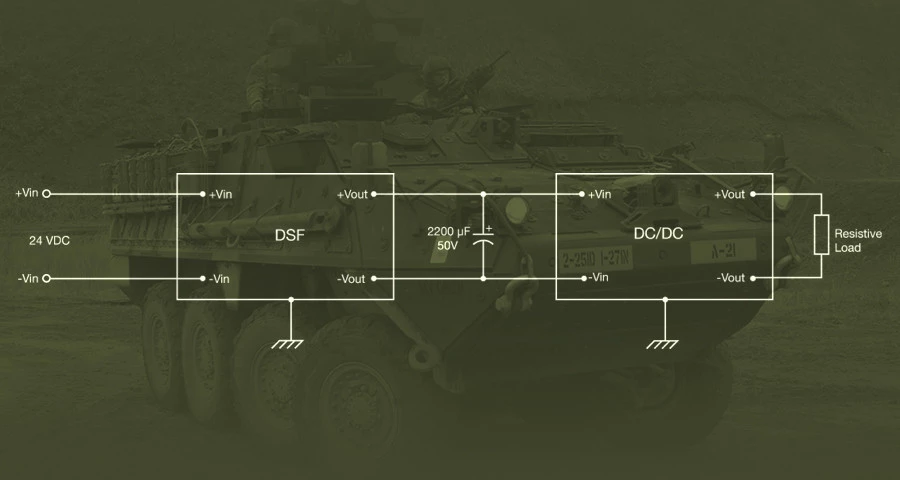
Spikes, surges, operating voltages and ripple
The US Department of Defense Standard MIL-STD 1275 is an immunity standard that defines a series of test conditions to be applied to the input of a 28V electrical power system within a military vehicle. These include spikes, surges, operating voltages and ripple.
MIL-STD 1275E superseded MIL-STD 1275D on 22nd March 2013. The most significant change between the two revisions is the maximum energy content of the spike, whilst still having a peak amplitude of 250V, has now increased from 15mJ to 2 Joules.
The pass or fail criteria for the power system are left to the user to define, generally by monitoring the output of the power system. For example, if a power supply is damaged by a surge then it would be considered a failure but a power supply showing higher level of output ripple during a conducted susceptibility test may be acceptable to the end equipment and deemed a pass.
The first thing to consider is the Initial Engagement Surge (IES) and the Cranking surge.
These are detailed in this graph :

The IES minimum voltage is 12V and lasts for a maximum of 1 second. The minimum voltage for a cranking surge is 16V and can last for a maximum of 30 seconds.
Below are the graphs which define transient surges and spikes for 28V nominal systems in normal and generator only operation mode.
These are detailed in this graph:


When applying this standard, the spikes and surges that will be seen when the system is operating in generator only mode ie with no batteries attached also need to be considered. This adds significantly to the protection requirements of the power system, with both higher voltages and longer duration surges which are likely to cause damage if not mitigated.
Unlike revision D, the generator only mode does not have its own separate graph but is incorporated within the limits above. Most challenging is the 100V surge for 50ms as, while the highest voltage spike is 250V, it is only for 70µ.
As mentioned, it is up to the customer to determine how the equipment will perform during and after these conditions. Care should also be taken that EMC interference does not affect the test measurements being taken.
Compliance Guaranteed
The best way to guarantee compliance with MIL 1275 in a DC-DC power system is to employ a standard, proven input protection module such as the DSF range from XP. Such modules are designed around the immunity standards providing protection against surges and spikes and incorporating a filter to control EMI.
The DSF range, when combined with suitable off-the -shelf DC-DC converter modules provides compliance with internationally recognised immunity and emission standards MIL-STD 1275A-E, DEF STAN 59-411 & MIL-STD 461C. Accommodating transients down to 10 VDC for up to 1 s the output of the protection and filter module tracks the input voltage and is clamped at < 36 VDC.
The DSF filter and surge protection module is ideal for use in combination with XP Power's MTC family of military specification DC-DC converters as well as the , QSB and ICH series of power bricks. The DSF range can also be combined with XP Power's J series of 24V 4:1 input converters for multiple output COTS defence applications.
Schematic diagram:

